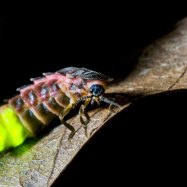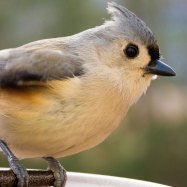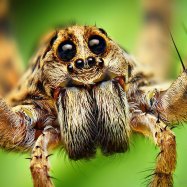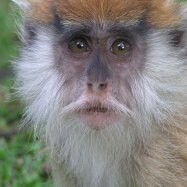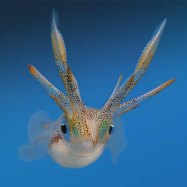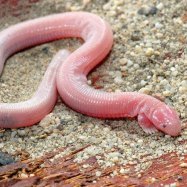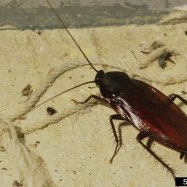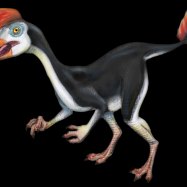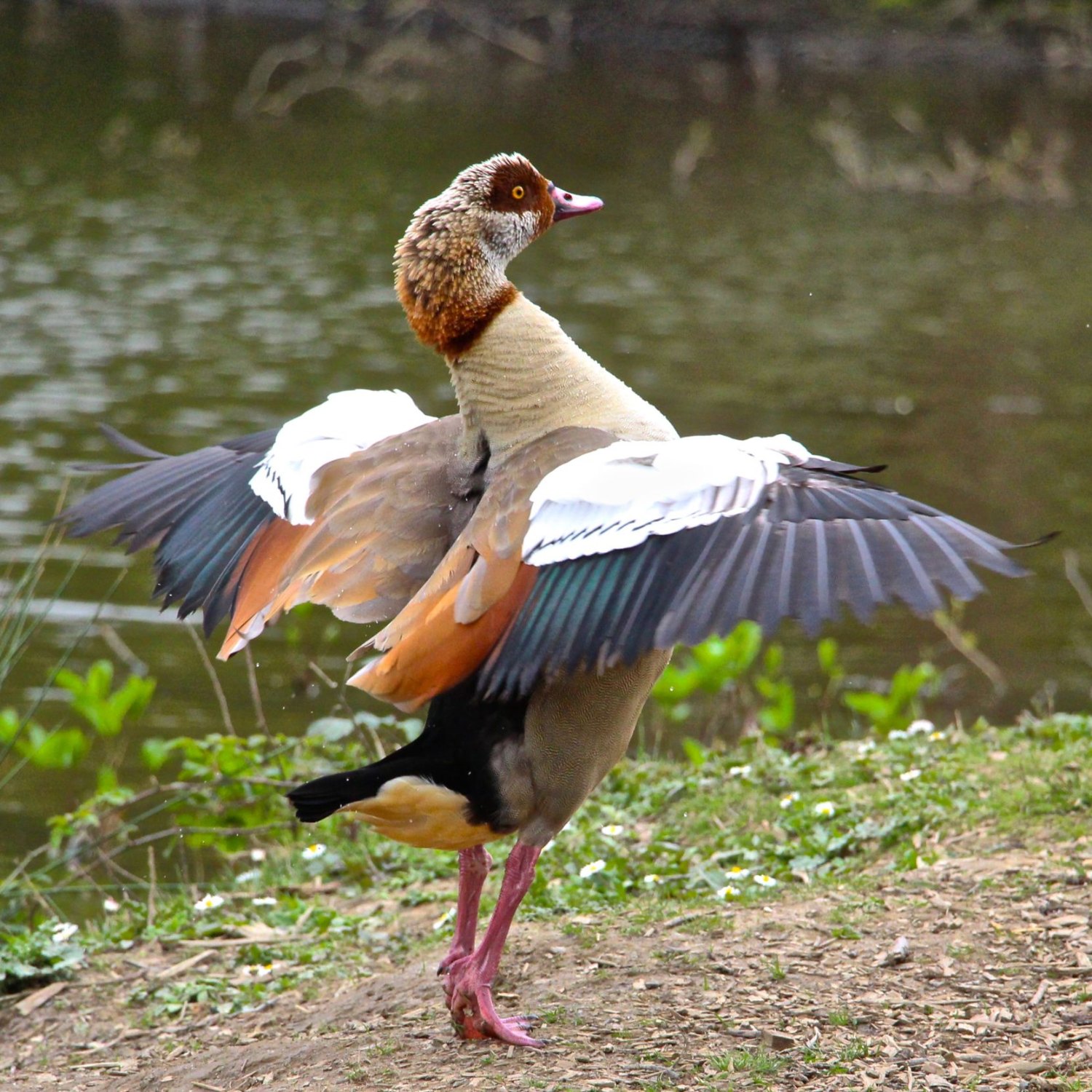
Egyptian Goose
63-73 cm (25-29 in)
The Egyptian Goose is a beautiful bird found in the Egyptian wetlands. With a body length of 63-73 cm (25-29 in), this medium-sized bird is a member of the Anatidae family. Despite its name, it is not actually a goose, but rather a type of duck. These fascinating birds are popular among birdwatchers for their striking plumage and unique behaviors. #EgyptianGoose #EgyptianWetlands #Birdwatching
Animal Details Summary:
Common Name: Egyptian Goose
Kingdom: Animalia
Habitat: Lakes, rivers, wetlands
The Colorful Egyptian Goose: A Fascinating Bird of Africa
Egypt, known for its vibrant history and picturesque landscapes, is also home to a variety of unique and fascinating animals. Among them is the Egyptian Goose, a beautiful bird with striking features and an interesting history.The scientific name of the Egyptian Goose is Alopochen aegyptiaca, where "aegyptiaca" means "from Egypt." The name is fitting, as this bird is native to Egypt and is deeply intertwined with the country's culture and folklore Egyptian Goose. In fact, the Egyptian Goose is considered sacred by the ancient Egyptians, who believed that it possessed divine powers and was a symbol of fertility and rebirth.
This stunning bird belongs to the kingdom of Animalia, the largest kingdom in the animal classification system. It is a member of the phylum Chordata, and the class Aves, which includes all bird species. The Egyptian Goose is also part of the order Anseriformes, which consists of ducks, geese, and swans, and the family Anatidae, which includes waterfowl.
The Egyptian Goose is native to Africa, but it can also be found in parts of Europe and Asia. Its preferred habitat is lakes, rivers, and wetlands, where it can find ample food and nesting sites. However, it has also adapted well to urban environments, and it is not uncommon to spot these beautiful birds in city parks and gardens.
One of the most distinctive characteristics of the Egyptian Goose is its colorful plumage. The body of the bird is mostly gray-brown, with white and black accents Eel Catfish. The male and female have similar coloration, but the male is slightly larger and more colorful. It has a prominent white patch on its forehead, a dark brown eye patch, and a white belly. The wings are mostly gray-brown, with a striking white and black pattern, while the tail is black with white edges.
The Egyptian Goose has a medium-sized body, with a length of 63-73 cm (25-29 in). Its long, slender neck and legs give it an elegant appearance, and its pointed beak is perfect for foraging. This bird also has a unique flight pattern, with shallow, rapid wingbeats, and a distinct honking sound.
Egyptian Geese are primarily herbivorous, which means that they feed on plant matter. Their diet includes grass, leaves, seeds, and grains, as well as insects and small aquatic animals. They can often be seen grazing on grassland or floating on water, using their webbed feet to paddle and their long necks to reach underwater plants.
These birds are known for their strong territorial behavior, particularly during breeding season. The males will aggressively defend the nesting site and the female, which can lead to fierce battles with other males. However, once a mated pair has bonded, they will stay together for life.
The Egyptian Goose has a unique breeding system, where the pair will defend a territory and build a nest, then the female will lay her eggs and incubate them. Once the eggs hatch, both parents will take care of the fluffy, yellow ducklings until they are ready to leave the nest. This bonding and nurturing behavior has led to the Egyptian Goose being seen as a symbol of maternal love and devotion.
In ancient Egypt, the Egyptian Goose held a special place in the culture and mythology of the people. It was associated with the goddess Hathor, who was believed to have the power to bring fertility and life. The bird was also seen as a representation of the god Thoth, who was the patron of wisdom and writing, and was often depicted with the head of an ibis, another waterfowl.
Today, the Egyptian Goose is still a popular bird in Egypt, and it is protected by law. It is featured in many paintings and sculptures, and it is also referred to in poems and songs. It has become a symbol of the country's rich heritage and its connection to the natural world.
Sadly, the Egyptian Goose is facing threats to its survival. The destruction of wetlands and natural habitats has reduced its population in some areas, and it is also hunted for food and sport. However, conservation efforts and protection laws are helping to safeguard this beautiful bird and its environment.
In conclusion, the Egyptian Goose is a remarkable bird with a fascinating history and stunning features. Its colorful plumage and unique behaviors make it a beloved species in its native Egypt and a popular sight for birdwatchers and nature enthusiasts around the world. Let us continue to appreciate and protect these beautiful creatures for future generations to enjoy.

Egyptian Goose
Animal Details Egyptian Goose - Scientific Name: Alopochen aegyptiaca
- Category: Animals E
- Scientific Name: Alopochen aegyptiaca
- Common Name: Egyptian Goose
- Kingdom: Animalia
- Phylum: Chordata
- Class: Aves
- Order: Anseriformes
- Family: Anatidae
- Habitat: Lakes, rivers, wetlands
- Feeding Method: Herbivorous
- Geographical Distribution: Africa, Europe, Asia
- Country of Origin: Egypt
- Location: Egyptian wetlands
- Animal Coloration: Gray-brown, white, black
- Body Shape: Medium-sized
- Length: 63-73 cm (25-29 in)
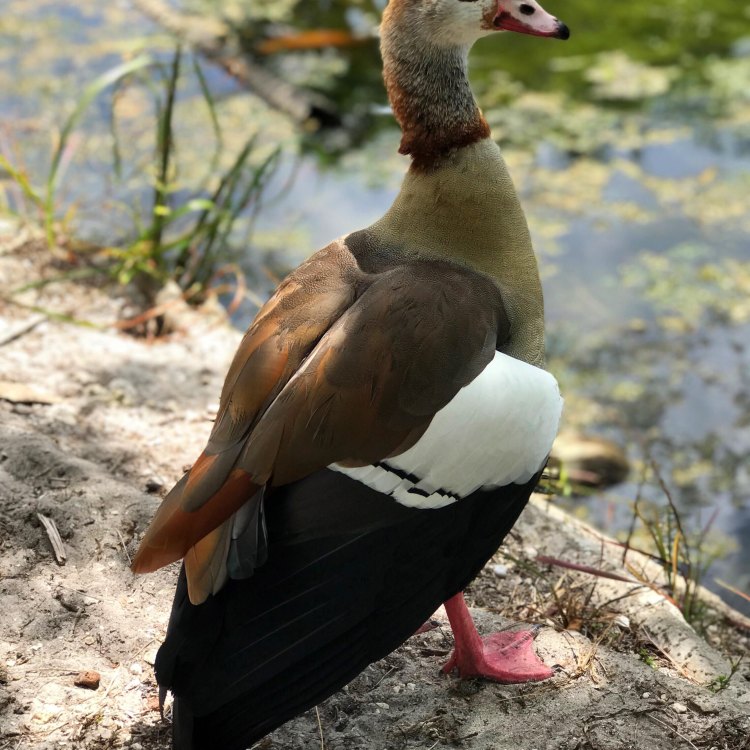
Egyptian Goose
- Adult Size: Medium
- Average Lifespan: 10-15 years
- Reproduction: Sexual
- Reproductive Behavior: Monogamous
- Sound or Call: Honking
- Migration Pattern: Partially migratory
- Social Groups: Pairs or small groups
- Behavior: Territorial, aggressive towards intruders
- Threats: Habitat loss, hunting
- Conservation Status: Least Concern
- Impact on Ecosystem: They can modify their habitat by grazing on vegetation
- Human Use: Hunting, ornamental bird
- Distinctive Features: Rusty chest, dark eye patch, curved beak
- Interesting Facts: They were considered sacred by ancient Egyptians
- Predator: Large birds of prey
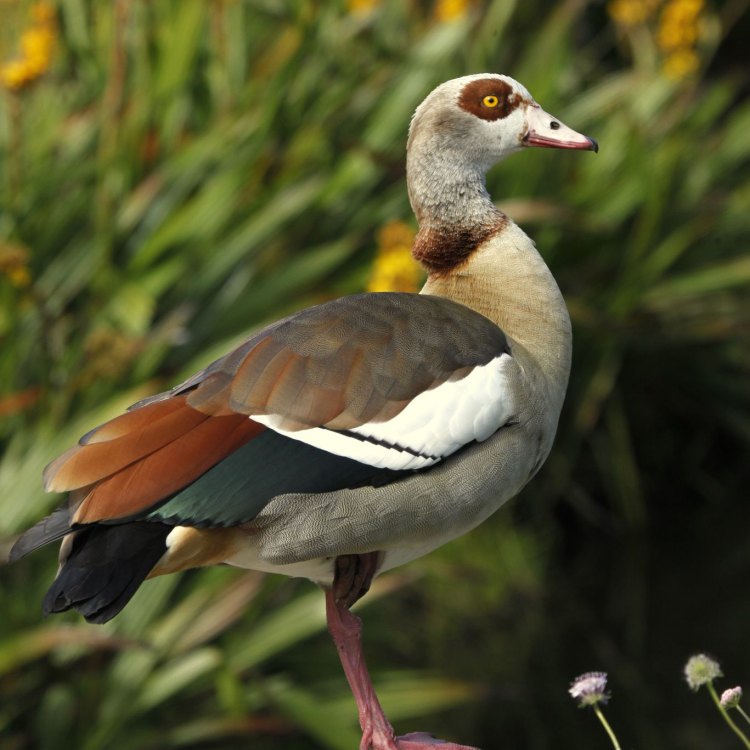
Alopochen aegyptiaca
The Magnificent Egyptian Geese: A Symbol of Beauty, Loyalty, and Resilience
The Egyptian Goose, with its distinctive rusty chest, dark eye patch, and curved beak, is a bird that has captured the hearts of many. Its beauty, coupled with its unique behavior and characteristics, has made it a fascinating creature to learn about. Found in wetlands, grasslands, and parks across Africa and parts of Europe and Asia, this medium-sized bird has a lot to offer in terms of biodiversity, human history, and ecological impact.Size and Lifespan
The Egyptian Goose is a medium-sized bird that can grow up to 63 centimeters in length and weigh up to 2 PeaceOfAnimals.Com.5 kilograms. This size makes it not too big to intimidate and not too small to go unnoticed. They have a life expectancy of 10-15 years on average, but those living in captivity can live up to 25 years.
Reproductive Behavior
Egyptian Geese have a sexual reproductive behavior and are known to be monogamous, meaning they mate and stay loyal to one partner for life. They form strong bonds with their partners and can often be seen preening each other or displaying affection towards one another. This behavior is not only heartwarming but also helps with the survival of their offspring.
Sound and Migration Pattern
The call of the Egyptian Goose is distinctive and can best be described as a loud and honking noise. They use this sound for communication among themselves and to warn other geese of potential danger. They are also known to be partially migratory, meaning some populations will migrate to more temperate regions during the winter, while others will remain in their breeding grounds all year round Emerald Toucanet.
Social Groups and Behavior
These geese are often seen in pairs or small groups, and they are highly territorial birds. They are known to fiercely defend their nesting sites and will become aggressive towards intruders, including other geese, during breeding season. This behavior is more common in male geese, who will often engage in fights to protect their territory and family.
Threats and Conservation Status
Like many other species, the Egyptian Goose faces various threats to its survival. Habitat loss due to human development and hunting for their meat or feathers are among the top threats facing this bird. However, they are listed as Least Concern on the IUCN Red List, which means they are not in immediate danger of extinction. This is due in part to their adaptability and resilience in changing environments.
Impact on Ecosystem
One of the unique features of the Egyptian Goose is their ability to modify their habitat. They are grazers and feed on vegetation such as grass, seeds, and grains. By doing so, they help maintain and balance the vegetation in their habitats, creating a more diverse ecosystem. They also provide a food source for their predators, contributing to the overall balance of their ecological community.
Human Use and Distinctive Features
Egyptian Geese have a long history of human interaction and use. In ancient Egypt, they were considered sacred and often depicted in artwork and used as decorations in tombs. In modern times, they are hunted for their meat, eggs, and feathers, and are also kept as ornamental birds in many countries around the world. Their distinctive rusty chest, dark eye patch, and curved beak make them stand out and easily recognizable in any environment.
Interesting Facts
Aside from their cultural significance in ancient Egypt, there are many interesting facts about the Egyptian Goose. For example, they can fly up to 4000 meters high, making them one of the highest-flying waterbirds. They also have a unique way of defending their nests, where the male will often use its wings to create a shield to protect its partner and eggs from predators.
Predators
Despite their territorial and aggressive nature towards other birds, Egyptian Geese do have natural predators. Large birds of prey, such as eagles and hawks, are known to hunt and feed on them. This natural selection helps not only in controlling the population of Egyptian Geese but also in maintaining a healthy balance in their ecosystem.
In conclusion, the Egyptian Goose is a magnificent bird with a fascinating history and unique features that make it stand out. From their symbolic representation in ancient Egypt to their territorial and loyal behaviors, these birds have captured the attention of many. As humans continue to impact their habitats, it is important to recognize the value of these birds in maintaining a healthy and diverse ecosystem. Whether through hunting, ornamental use, or simply observing them in the wild, the Egyptian Goose continues to be a symbol of beauty, loyalty, and resilience.
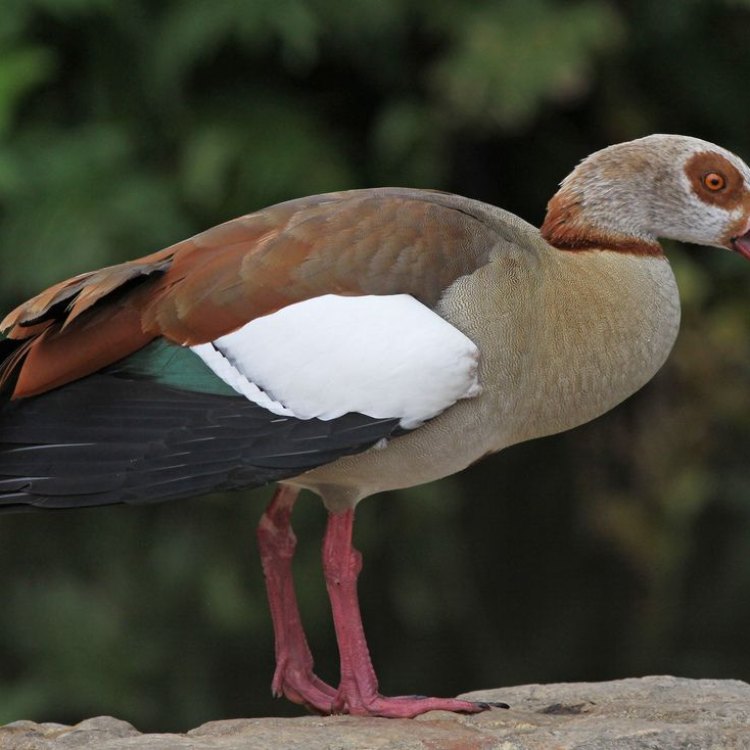
The Colorful Egyptian Goose: A Fascinating Bird of Africa
Disclaimer: The content provided is for informational purposes only. We cannot guarantee the accuracy of the information on this page 100%. All information provided here may change without prior notice.

